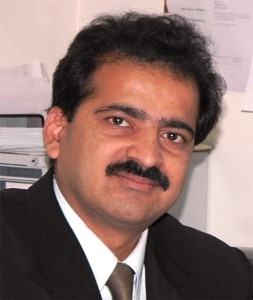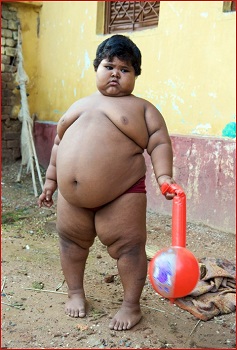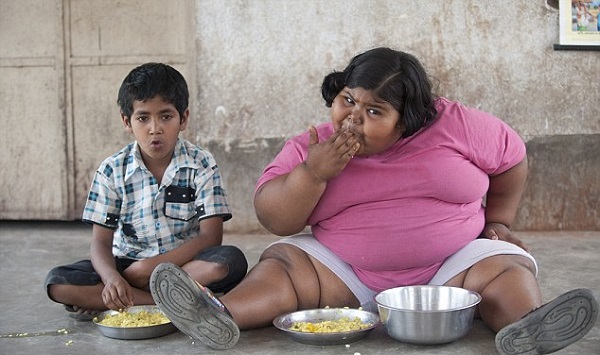Leading surgeon finds young children in Mumbai and other cities are more prone to obesity; calls it a ‘generational curse’.
by The Editors | editor@themetrognome.in
We see them everywhere. On their way back from school, or rooted firmly to their seats in front of their computers, or lounging for hours in front of the television – fat children, with ever-expanding waistlines and astounding weights for people so young.
When children are infants, a bit of extra weight seemingly adds to their chubby charm. What is alarming is, however, that some children are not just unable to shed the baby fat, they are unable to stop expanding at all.
 Says Dr Shashank Shah (in pic on left), noted laparoscopic and bariatric surgeon with a huge practice in Mumbai and Pune, “In my practice, and overall, the trend we are observing is that this current generation of adolescent and pre-adolescent children is afflicted not just by an unhealthy lifestyle, but a ‘generational curse’. It seems to be a shift in evolution that is prompting their metabolism to not function at peak optimum levels.”
Says Dr Shashank Shah (in pic on left), noted laparoscopic and bariatric surgeon with a huge practice in Mumbai and Pune, “In my practice, and overall, the trend we are observing is that this current generation of adolescent and pre-adolescent children is afflicted not just by an unhealthy lifestyle, but a ‘generational curse’. It seems to be a shift in evolution that is prompting their metabolism to not function at peak optimum levels.”
What does this mean?
This simply means that the metabolic set point for this generation has moved; doctors are increasingly seeing children with BMIs (Body to Mass Index) of 28 and above; 28 is considered the ideal BMI for adults. “There is a shift of the BMI to a higher level. This does not happen suddenly – it is both genetic and evolutionary in nature,” Dr Shah explains.
Not eating the right foods, not exercising enough or at all, and not being encouraged to lead a healthy lifestyle, are all combining to create  fatter, diseased kids. “Recently, at my clinic in Mumbai, there was a 12-year-old boy who came to see me,” Dr Shah says. “It seems difficult to believe, but 100 kgs is fast becoming an average weight for children.”
fatter, diseased kids. “Recently, at my clinic in Mumbai, there was a 12-year-old boy who came to see me,” Dr Shah says. “It seems difficult to believe, but 100 kgs is fast becoming an average weight for children.”
Diseases galore
A worrying trend, apart from the excess weight obese children are lugging around, is that they have several diseases right from a tender age. “Hypertension, diabetes, cardiac disorders…all of these are very common among obese children,” Dr Shah says. “Other problems that come at a later stage are fertility issues. Besides this, the fact that they are overweight and unable to do most activities that their peers can, also plays on them psychologically. However, many parents are slow to react to the problem. I have had several parents tell me that they enrolled their child in the gym because the weight was embarrassing,” Dr Shah explains.
He adds that most parents hardly ever realise that obesity is not an isolated disease – it brings with it other life-threatening conditions. “Their priority is weight loss. But why do they wait till the child becomes obese? They should see a doctor the moment they notice excessive weight loss,” Dr Shah says.
 Why is Mumbai at risk?
Why is Mumbai at risk?
Simply because there are so many food choices and not enough spaces for recreation and outdoor play. “Working parents also have no time to see what their children are eating every day. Children also have liberal amounts of money to spend, so they tend to buy unhealthy junk food with friends,” says Dr Shah, adding that the cities in India and also Tier II cities like Pune are showing an upwards obesity trend in children due to poor eating choices.
(Pictures courtesy www.ibcclub.org, www.hindustantimes.com, infozone.wordpress.com, navimumbaicity.com. Pictures are used for representational purpose only)




